Why are Setting Goals and Smart Objectives Important?

Now is the time for reviewing your vision and mission statements, and as well as reviewing and setting goals and objectives. A clear statement of vision guides members of the organization. This over-arching statement of principle adds clarity and meaning to your goals, objectives, and regular activities. Why are setting goals and smart objectives important?
Setting Goals and Smart Objectives

Positive Future Vision
Given a set of business objectives, can you identify the business metrics and diagnose the business situation outcomes needed to realize the objectives? Each year executives communicate their strategic business objectives to the rest of the company expecting that everyone in the company knows perfectly well how to achieve the objectives. But, are the business objectives achieved?
The goals and objectives process is fairly straightforward, and it is generally accepted to be key to effective strategic management in any business or organization. Setting goals and objectives will need to be in place and communicated throughout the organization.
For example, excellent customer service may be the most fundamental aspect of your business, and it would appropriate to state it in your vision. Obviously, though, you have to pay attention to more than just customer service as you flesh out your strategic management plan for business growth.
Goals Help Set Priorities
Set smart goals for your business or department that are important for success. In our earlier example, the vision statement focuses on customer service, but it could be that another key to success is introducing new products. One goal should simply express that, i.e. “Introduce new products every year.”
Note that the goal is not really specific and fairly open-ended (When have you reached that goal? Every year is a new year and new products have to be introduced. So this fits perfectly with our definition of goals).
Goals are to be set throughout the business with high level goals set by top management, and then subordinate goals are cascaded down within each department or segment: design, sales, customer service, production, shipping, and so on. Theses goals should align directly with, and lead to fulfilling, the high level goals of the organization. Then goals can be set for groups or individuals within the department that align with and fulfill department goals.
Departments and groups can develop additional goals outside of those that connect directly to higher level goals, but it is important to focus on what is important; you don’t want to overwhelm your team. The key, however, is to set goals that ultimately fulfill organizational goals. This is an important element in having different parts of an organization pulling together toward common purposes.
Business Strategy
Frequently, executive strategy is disconnected from a manager’s tactics and the worker’s execution. We are going to explore the common cause for this dysfunction and what we can do to improve the situation. Specifically, how to set business objectives, identify business metrics and diagnose business situation outcomes needed to realize the objectives.
Objectives Put Substance into Goals
After setting a general goal, specific objectives are then established that guide activities and provide performance metrics to guide everyone and provide feedback as to whether or not you are reaching your goal. So if the goal is to introduce new products, objectives state more specifically what you are going to do. Objectives must be set considering the needs of the organization, its capabilities, etc.;
SMART Objectives
You may be familiar with the acronym SMART in terms of objectives, but let’s review what it means: 
-
- S – Specific: Very unambiguous, explicit targets
- M -Measurable: Performance can be measured to compare with targets
- A – Attainable: The capability is there to reach the targets
- R – Relevant: Relates specifically to stated goal
- T – Time based: Expressed or measured during a specific time period
(Note: Some refer to the R in SMART as standing for Realistic, but to me that seems redundant with Attainable, so I prefer to use Relevant, meaning that the objective should align directly with a stated goal.)
So, if the goal is to introduce new products, the SMART objective might be to introduce two new products in the coming year. It is specific and we can measure how well we perform. This specific number should be set given the organization’s needs and capabilities, so it is reachable. It also relates directly to the new product goal, and it is over one year’s time. So this objective meets the SMART criteria.
Business Metrics
This process not only focuses the attention of the organization on high priority activities, but it also creates business metrics that can be measured and monitored in order to see how well the organization is performing. It assists in creating “dashboard” systems that displays performance, and allows managers to recognize when things get off-track in time to make appropriate corrections.
For example, if half the year is gone and the design department has not made one new prototype, then the goal of two new products each year is in danger if corrective action is not taken.
Below is a goals and objectives worksheet used as an example in our Finance Policies and Procedures Manual. You might consider employing such a device to ensure your objectives align with important goals and they meet the SMART criteria.
Financial Objectives
Objectives for Year:______________________ Objectives for Period:_________ to__________
| Goal | Objective | Measurement | Steps to Attain | Relevant | Time Frame | Notes |
|---|---|---|---|---|---|---|
| Maximize Return on Bank Accounts | Increase Average APY for Accounts from 4.0% to 4.5% | Cumulative APY from Account Statements | Shift 25% from Short to Long Term Accounts. Move $10K from Cash on Hand to Investment Account to Improve APY | Realizes “Maximize Return on Bank Accounts” Financial Department Controls Interest Accounts | For FY 2015 |
Setting Business Objectives
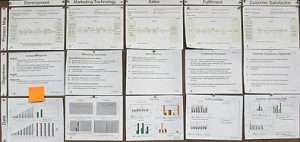
The Bizmanualz Scoreboard displays key segment processes, clearly stated objectives, and on-going performance metrics.
What is so hard about setting business objectives? The president of the company wants company growth and more profit. There are only two ways to increase profit, either increase sales or decrease costs. But the market is tight and competition is fierce so everyone agrees to tighten their belt and decrease costs by 10% this year. And what is the easiest way of cutting costs? Layoff people, close a plant, or reduce expenses by 10% across the board. But wait, that was the strategy last year and sales fell so no extra profit was realized.
So, perhaps we should increase sales by investing more on marketing, releasing a new product or hiring more sales people. But that will cost money. Ok, let’s increase each salesperson’s quota and cut costs.
What’s Wrong With This Situation?
The common perception is that increasing production or cutting costs is the way a company makes more money. But is it? Is investing more money and buying more assets (technology or people) the only way to make more money? A far more certain method is to focus on increasing productivity first. That is to increase the output from those assets before we increase or scale the assets of the organization.
In accounting terms, variable costs will rise with rising output but fixed costs, like operating expenses, will stay constant. The result is a marginal increase in profit contribution from each additional sale. The more you sell, without increasing fixed costs, the more profit you make. This is the real goal of process improvement. To leverage existing assets and increase the profit from those assets without spending any more money than you have to. So why don’t more businesses focus on productivity over production?
Improvement Opportunities
Finding opportunities for improvement is hard while the easiest way to cut costs is to lay off people. So what is so hard about process improvement? Improvement revolves around two basic measures: decreasing variation or increasing mean. And you must focus on decreasing variation before you increase mean. Let’s see why…
Process Variation Objectives
Process variation is a form of waste. Six Sigma is one methodology used to decrease variability and eliminate the wasted energy that a process produces. We usually see the buildup of inventory, scrap, or lead times as a result of process variation. So good business objectives for companies with inventory, scrap, or long lead times are to:
-
- Reduce Inventory
- Reduce cycle time (or lead times)
- Reduce scrap
What Happens When We Decrease Variation?
One big benefit is that we free up capacity. Reducing scrap, cycle time and inventory frees up workers from producing materials that may end up as unsold inventory.
Process Mean Objectives
Process mean represents the process throughput. Our goal is to have the highest mean output with the lowest variation. This is a good objective for increasing sales and decreasing costs.
-
- Increase quality
- Increase sales and market share
- Reduce costs
What Happens If We Increase Mean First?
Then, you will also increase the waste that results from higher process variation. Now you see how the original business objectives of increasing sales and decreasing costs, the ones that most companies start with, actually start us in the wrong direction. By focusing on mean items like sales and costs first, we bring along the waste associated with high process variation. Is it any wonder that the increase in profit that results is marginal at best, when we focus on mean objectives?
Why Do Companies Focus on Mean Objectives?
Mean objectives are big and costly, yet are easy to see. Think of building a new plant or hiring more employees. They take more time to see the actual results, if any, and are easy to hide behind. They are also more glamorous.
In contrast, variation objectives may be difficult to implement, but are usually pretty inexpensive. In fact, the results from variation objectives may not take long to see and the results are far more likely to occur. It’s just that the required actions to achieve them are not as obvious. For example, building a new plant or hiring new employees are more easily seen as a solution than working to reduce inventory.
Are Your Expectations the Same as Your Objectives?
To some, there’s an enormous difference between expectations and objectives. Our expectations are based on such factors as “the social contract”, our knowledge, and our personal experience. Objectives are specific, rational, exhibiting little, if any, measurable bias, and are clearly communicated.
Our expectations reflect our personal biases. Expectations are often unstated — they are somehow expected to be understood. For example, we expect that adult pedestrians will not haphazardly dart in and out of vehicular traffic. That seems like a reasonable expectation, doesn’t it? We don’t often hear or read of pedestrians being killed as they burst or wander into traffic. The car is bigger, heavier, and faster — why would anyone risk serious injury or death?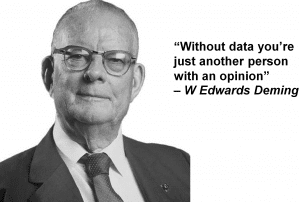
Expectations being what they are, many are not met. They are often burdened by others’ expectations. For example, you expect the businessperson on the street corner, on their cellphone while dragging a wheeled suitcase along, is going to look before crossing the street in front of your car. They, on the other hand, expect every vehicle operator to see and yield to them. Someone’s expectations will be dashed, probably both.
One thing expectations rarely are, and that is “based on empirical evidence or sound policy”. Suspicions and hunches aren’t evidence. Too often, a manager comes up with “that’s the way it’s always been done”, or “that’s the way I’ve always done it and it’s always worked.” (Always? Really? Show me the numbers that bear that out.)
Another thing expectations never are, and that’s “communicating well with others”. The essence of a well-run company is establishing SMART objectives (listed above) that everyone in the organization understands and agrees with. If you want your expectations met, you have to state them as clearly and precisely as you can to everyone responsible for meeting them. You have to get feedback from those people so you know everyone’s on your wavelength.
Do this and your expectations are no longer mere expectations — they are the company’s business objectives. Unstated expectations will always be unmet expectations.
Importance of Setting Goals and Smart Objectives
The goals and smart objectives process is relatively simple. It is widely acknowledged to be critical to effective business management strategy. Executives regularly communicate their business goals and objectives to the organization, assuming that everyone knows exactly how to achieve the goals. Now you should have a better idea how set your goals and objectives for your company too.

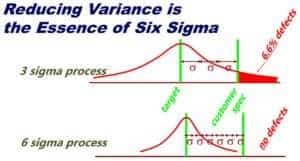
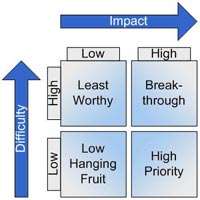
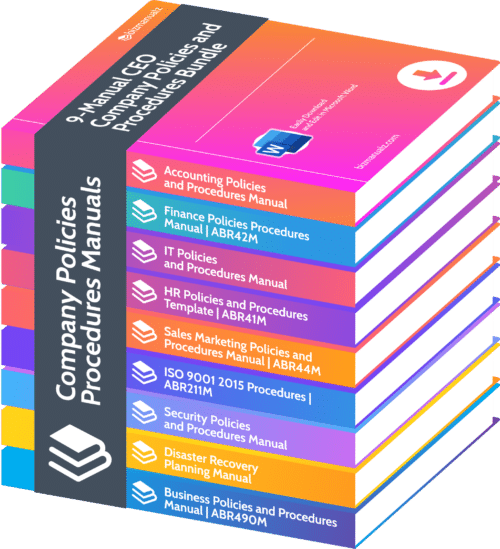
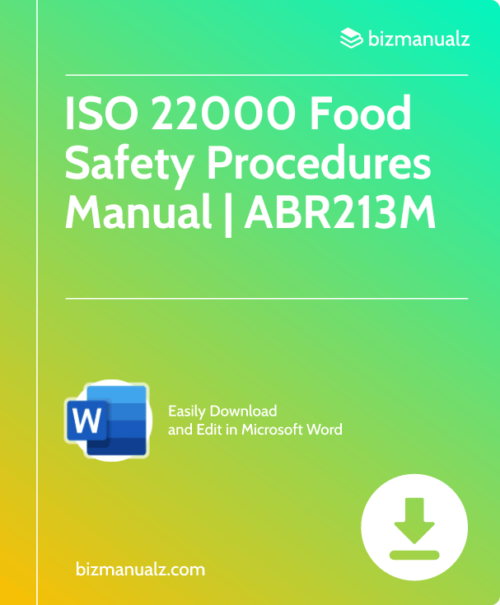

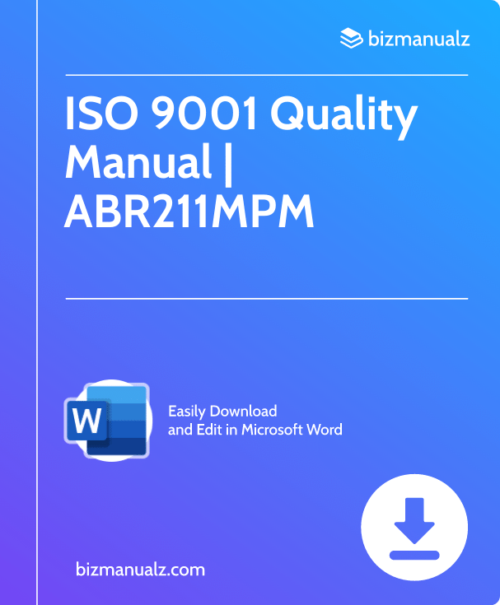
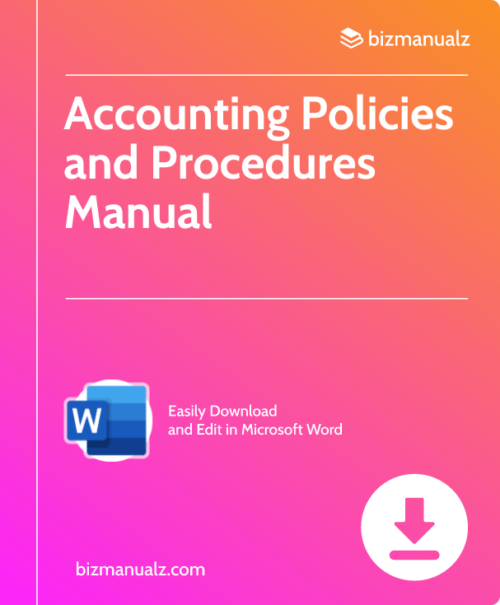
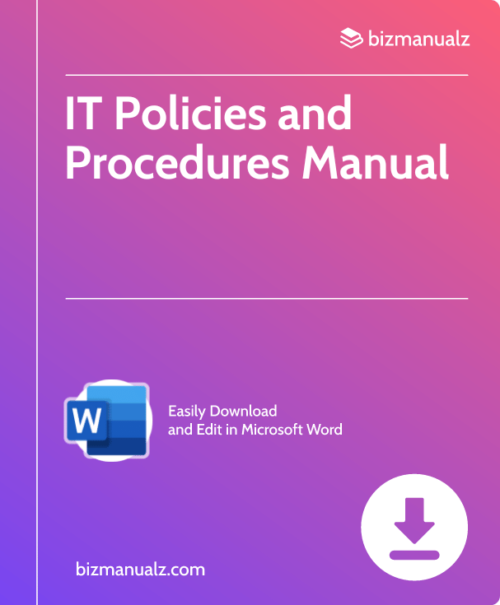

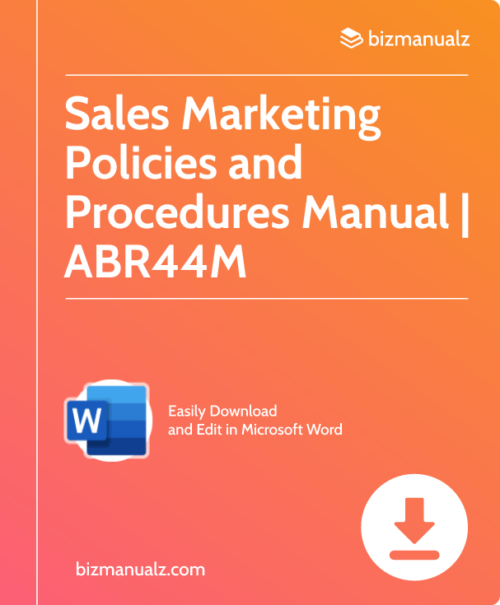
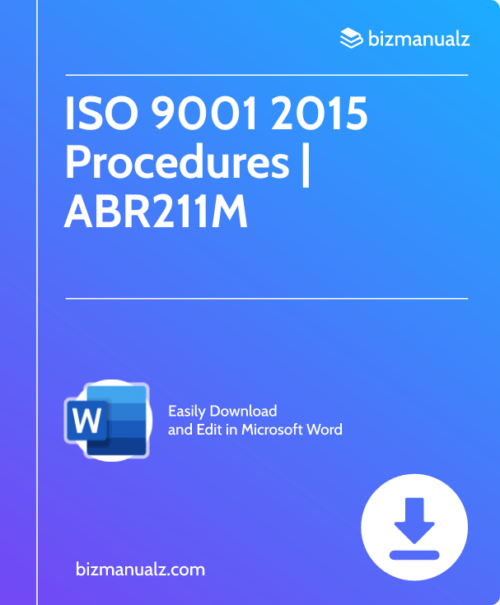
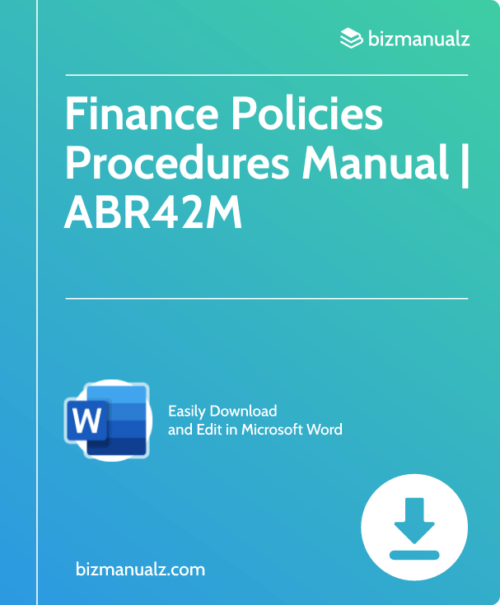

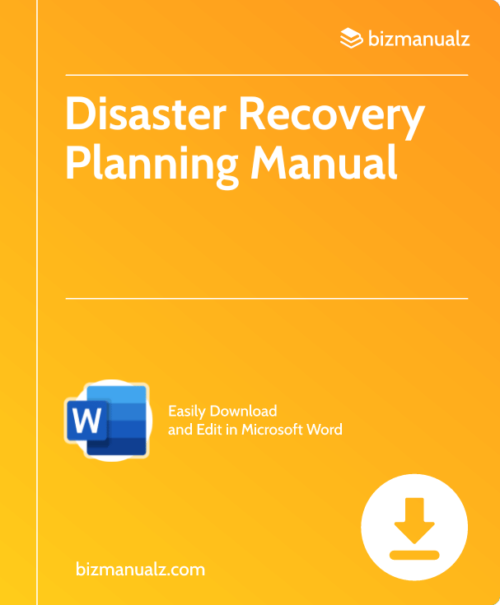


A very rich topic,,thanks